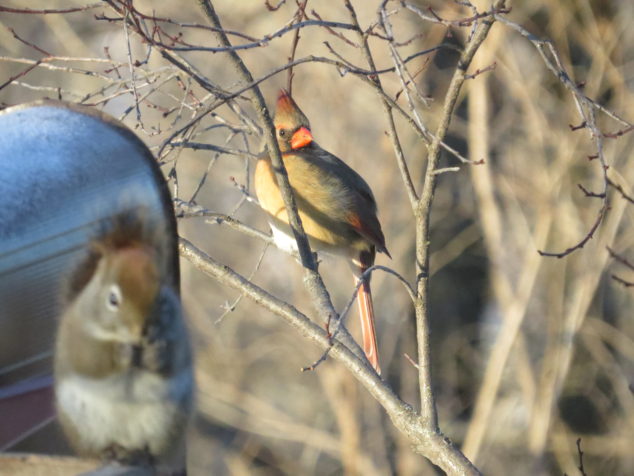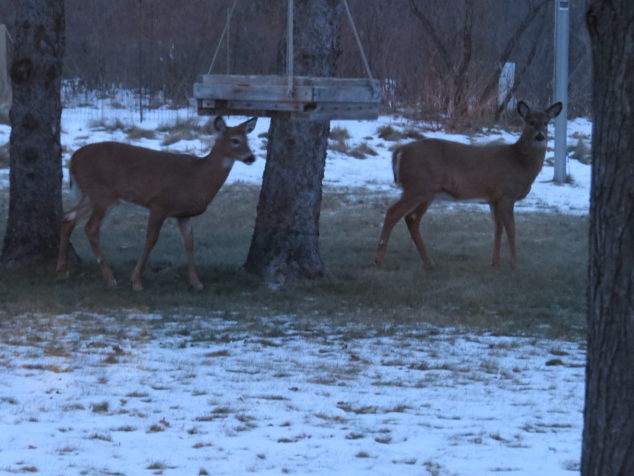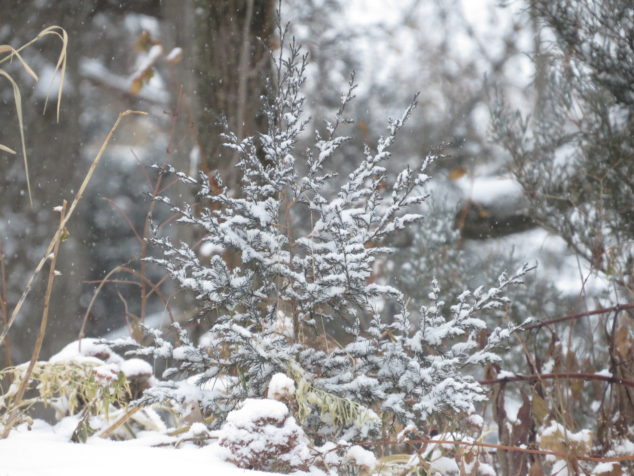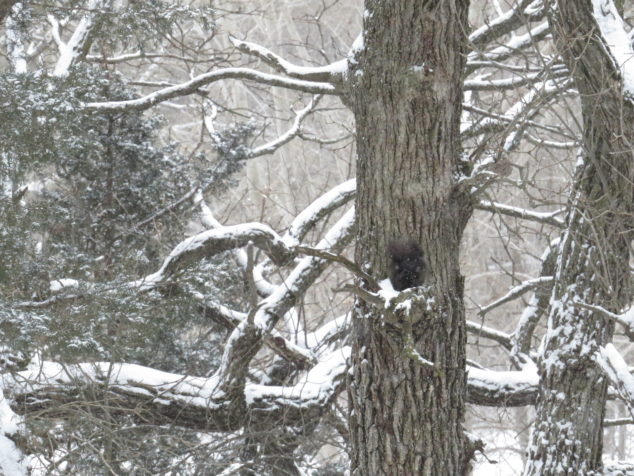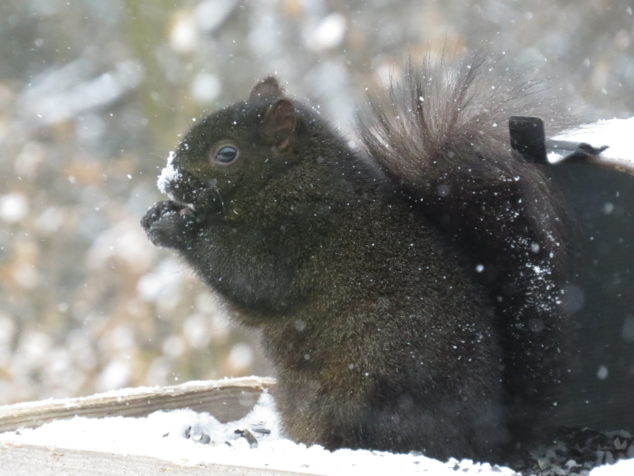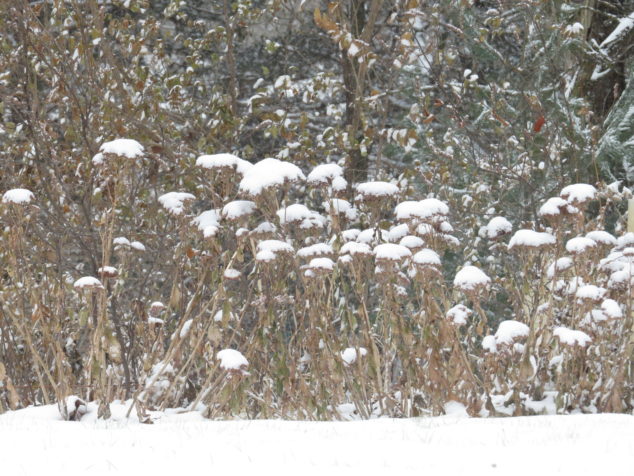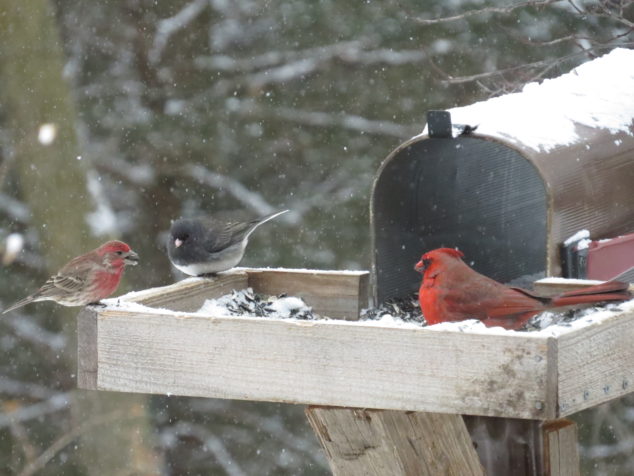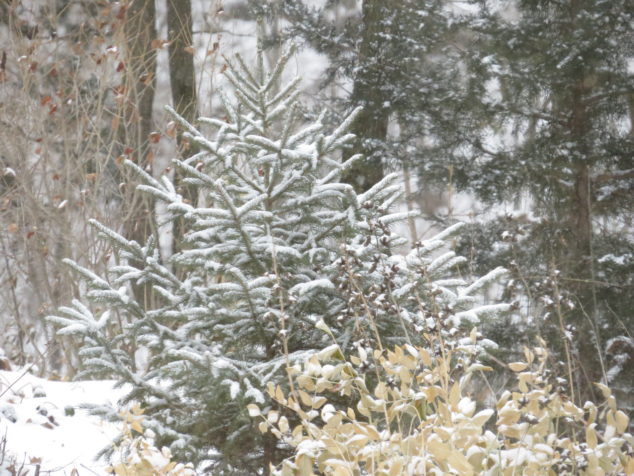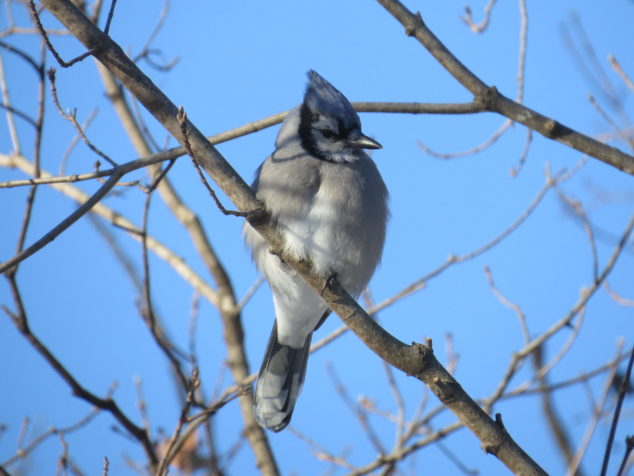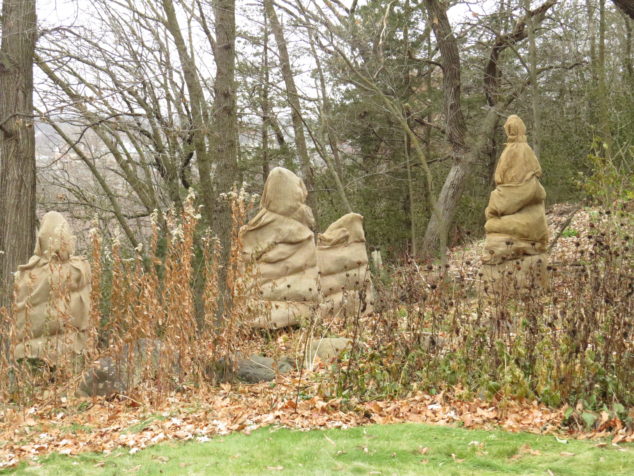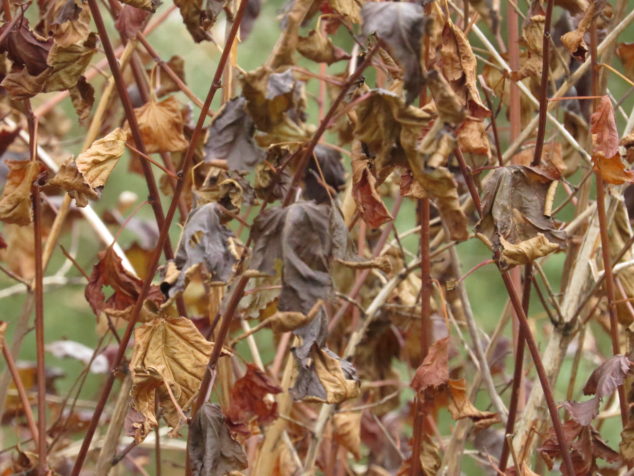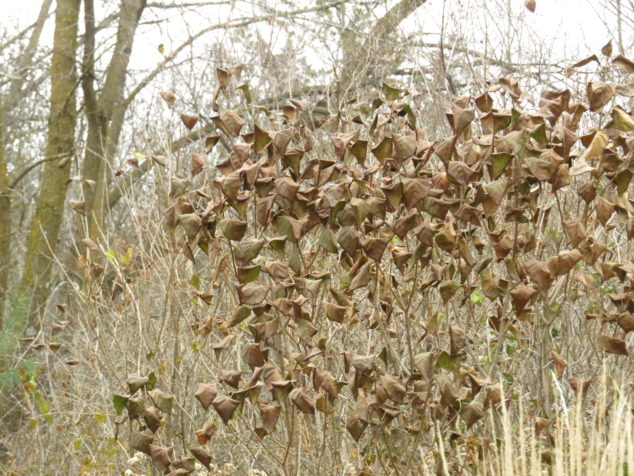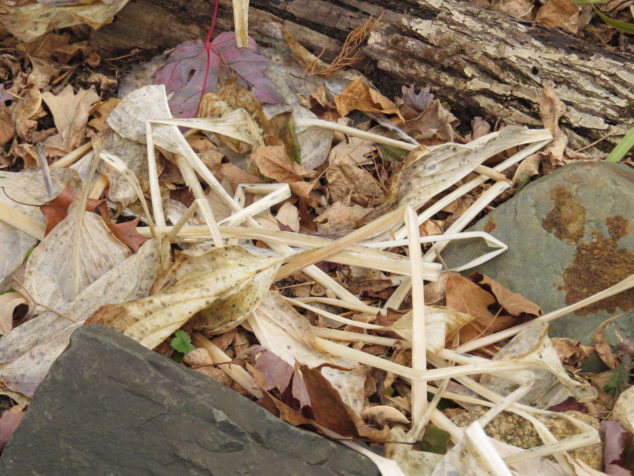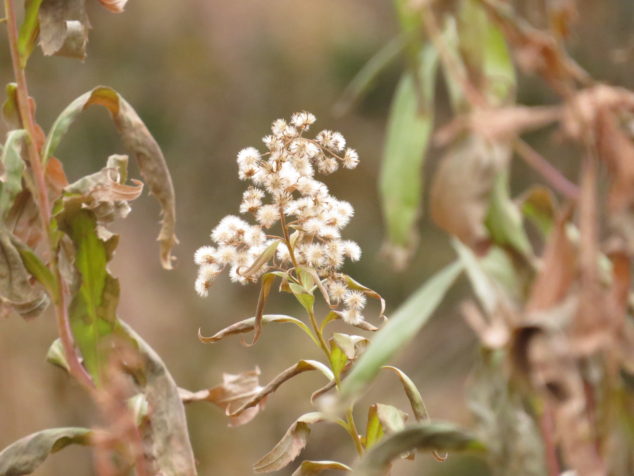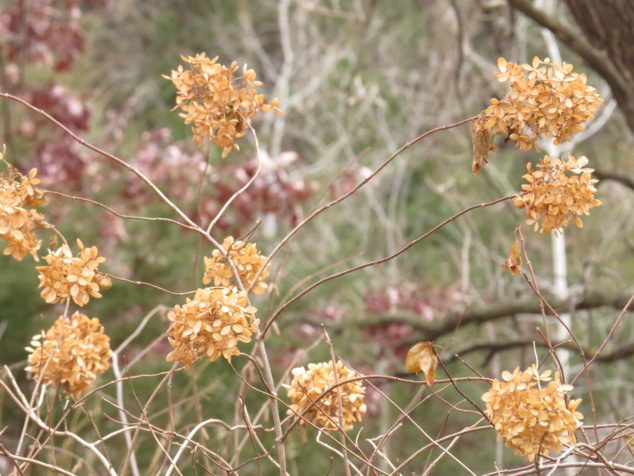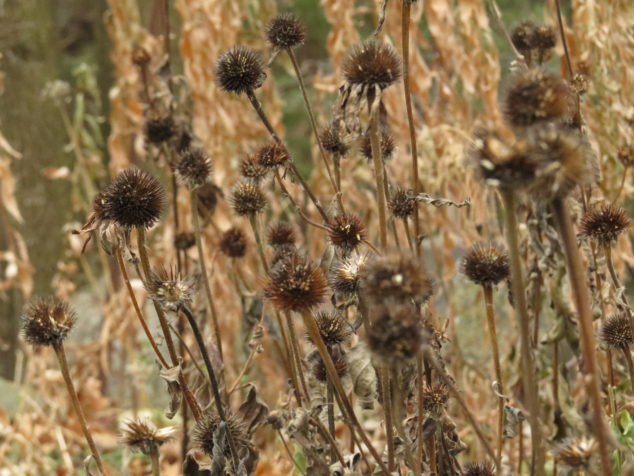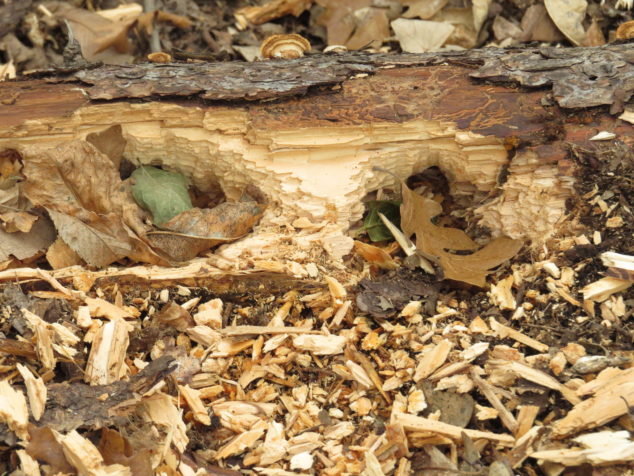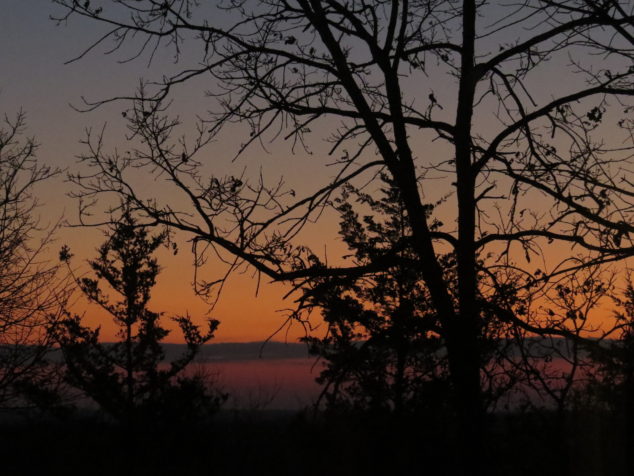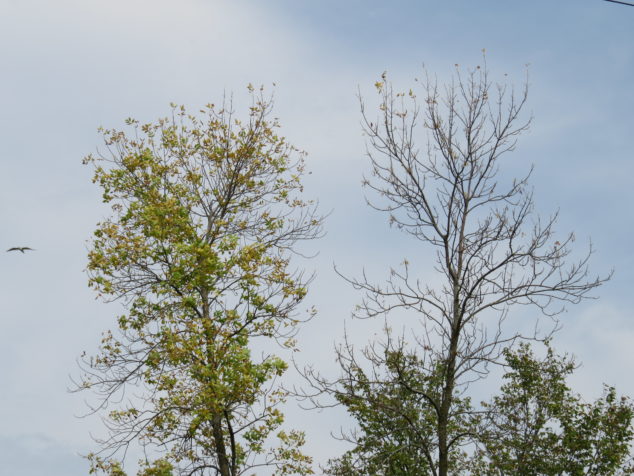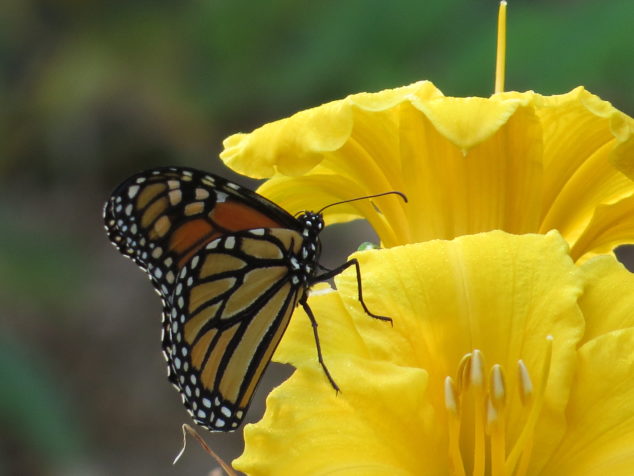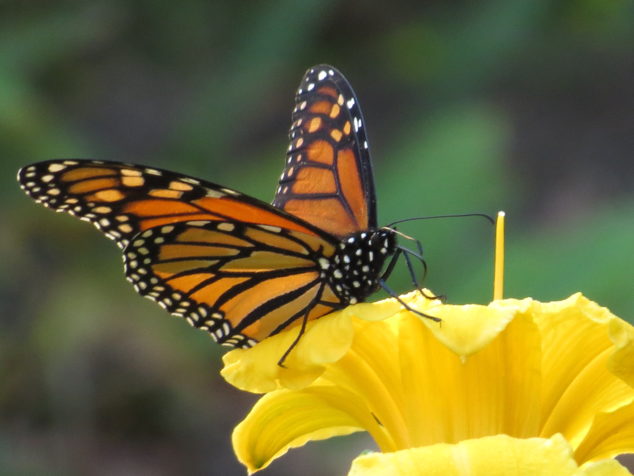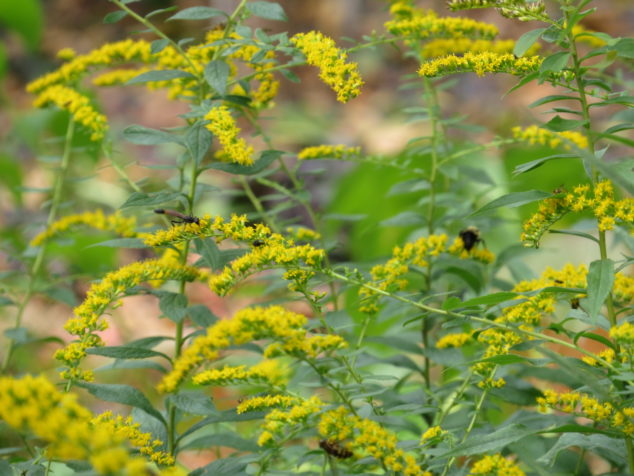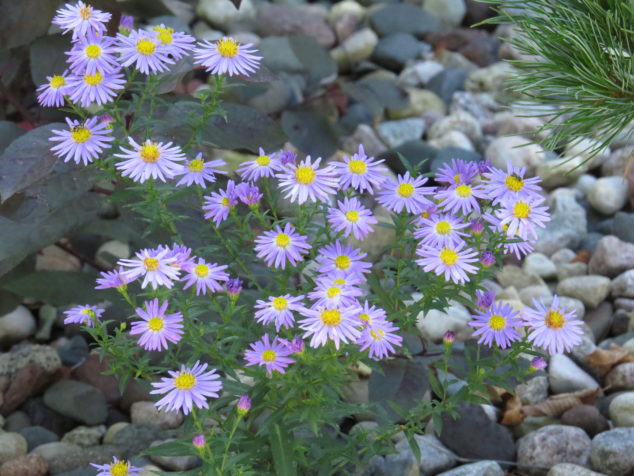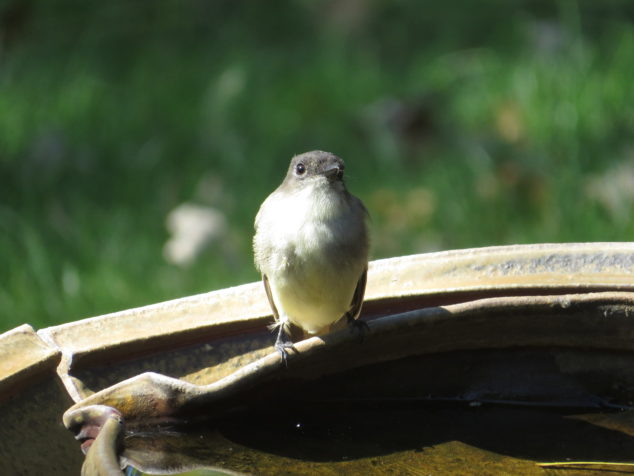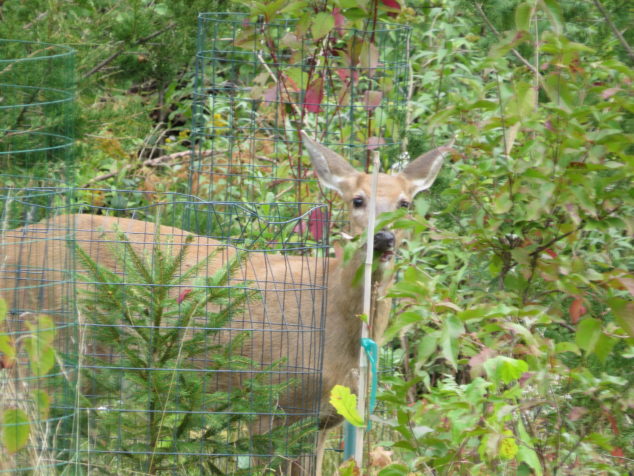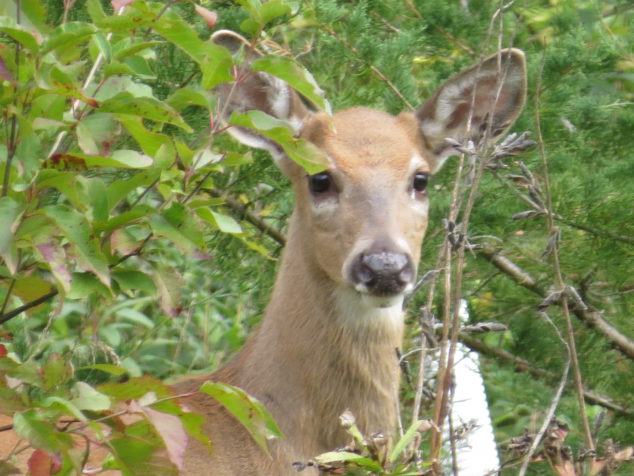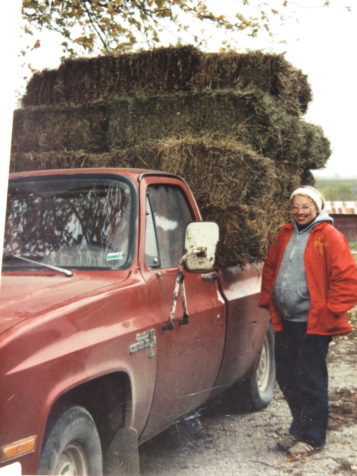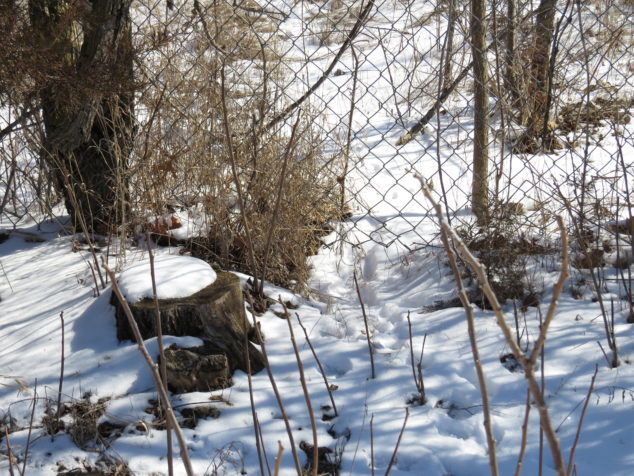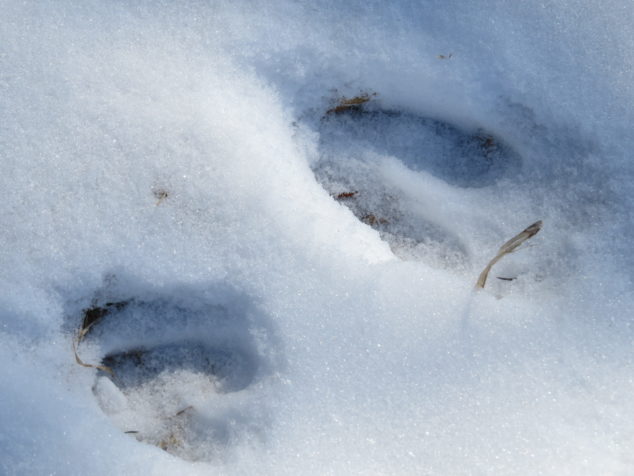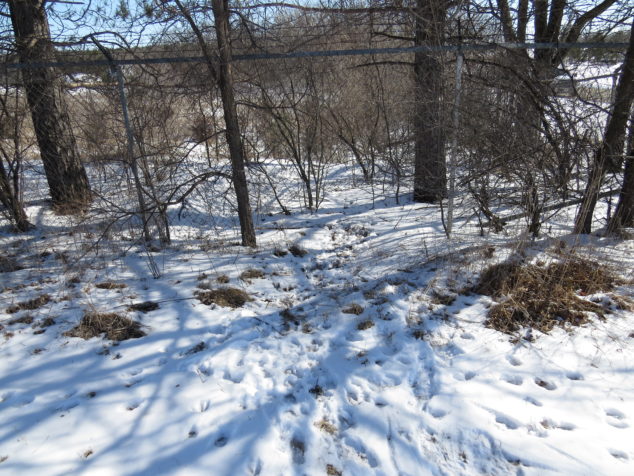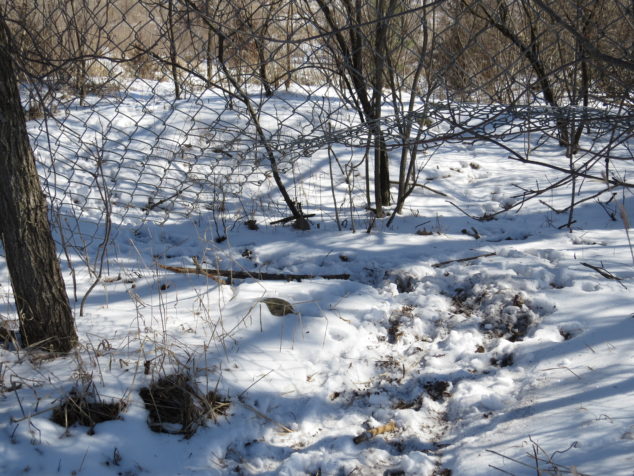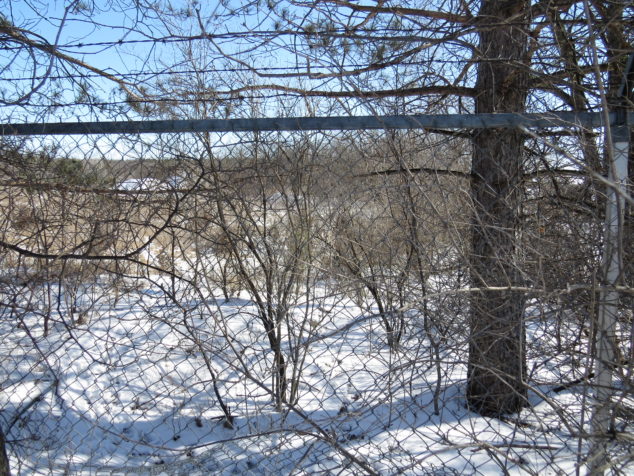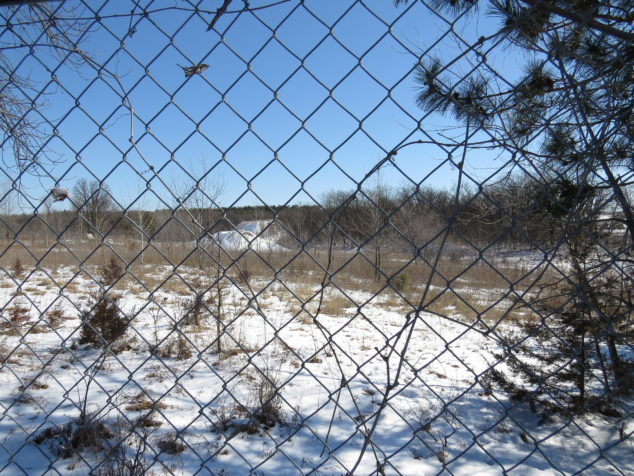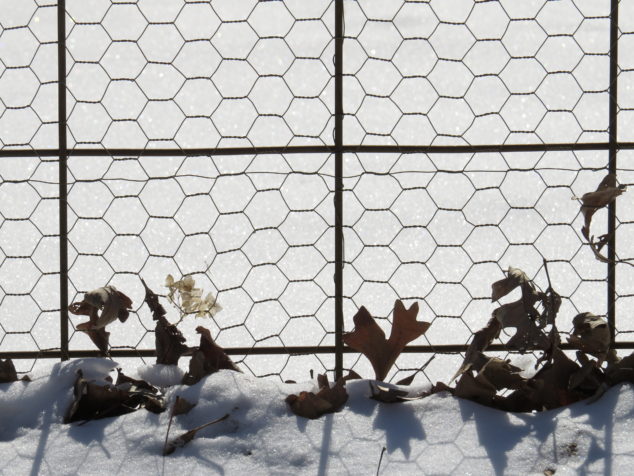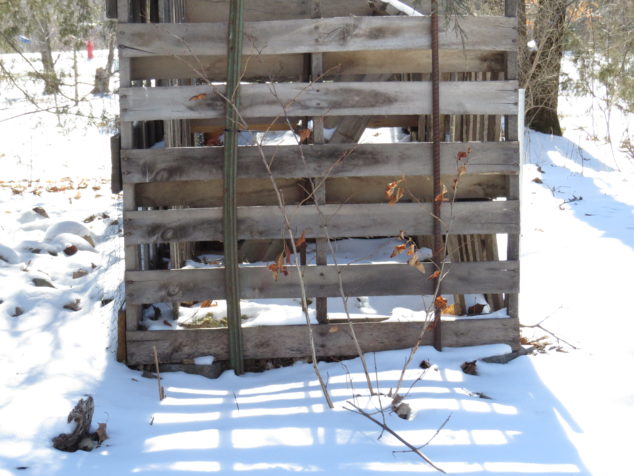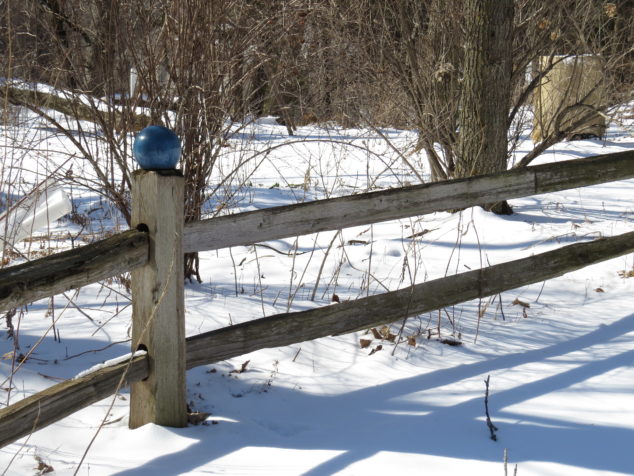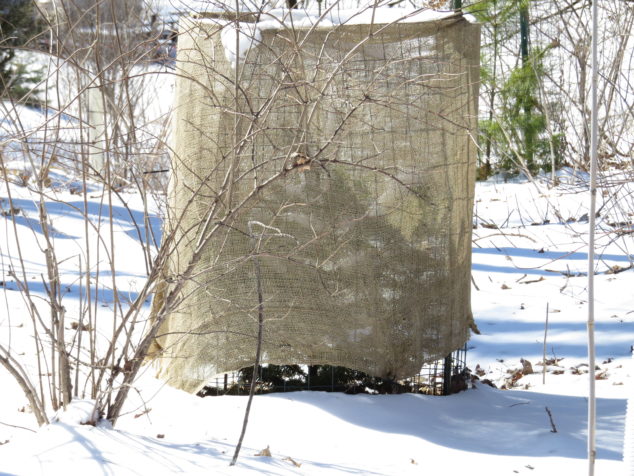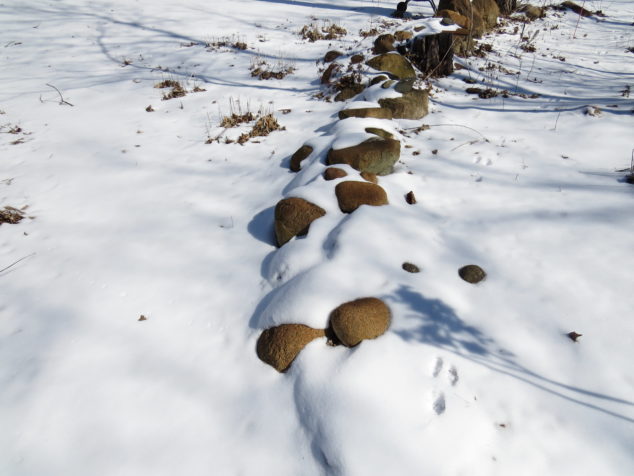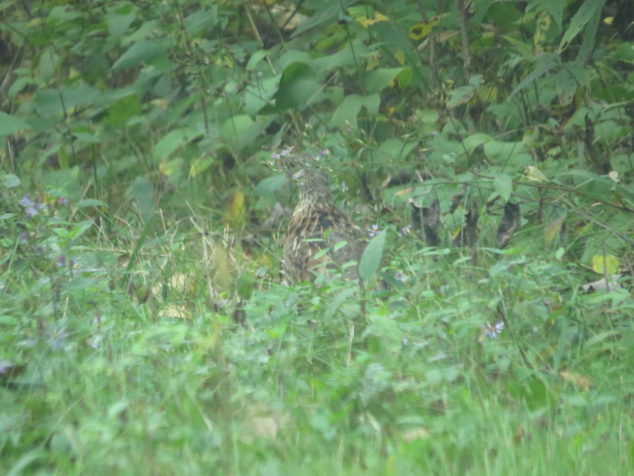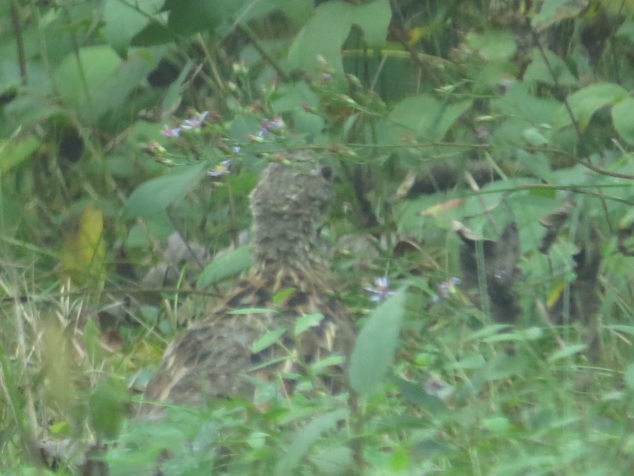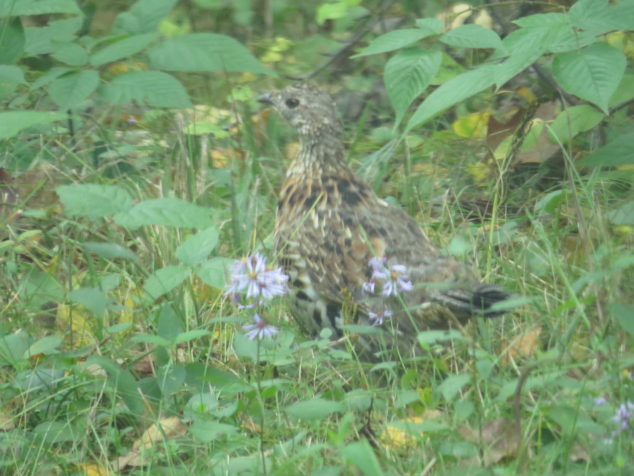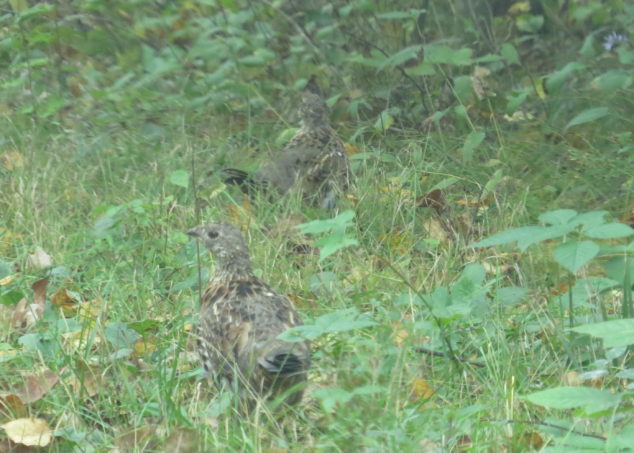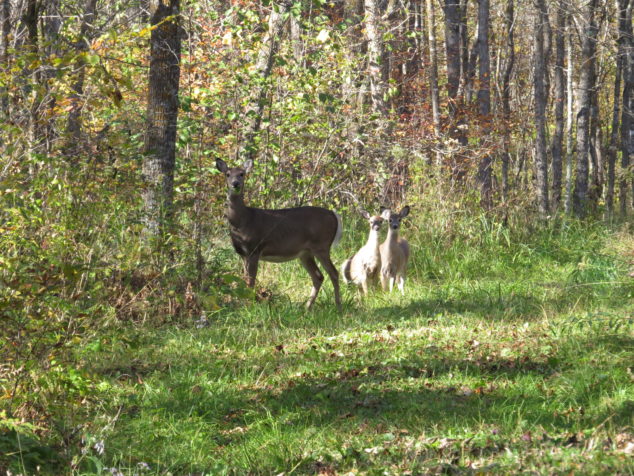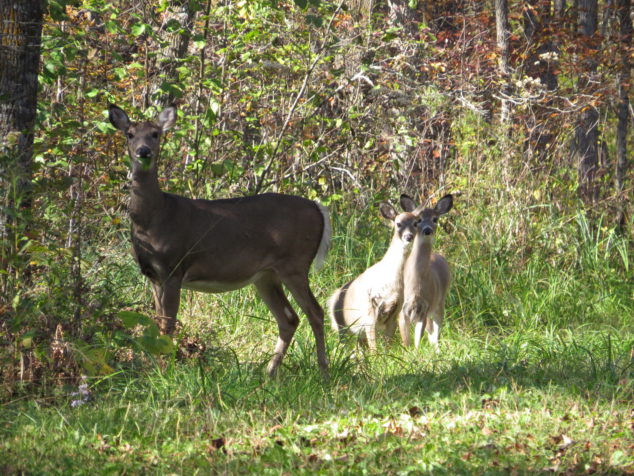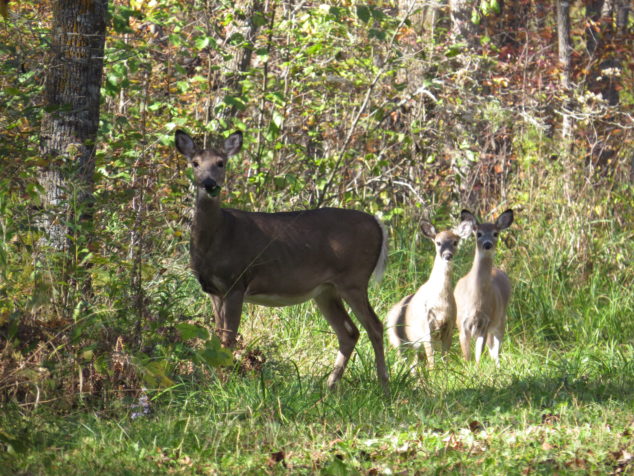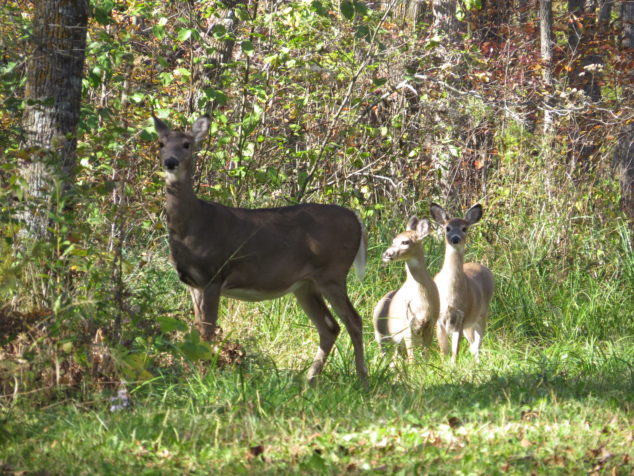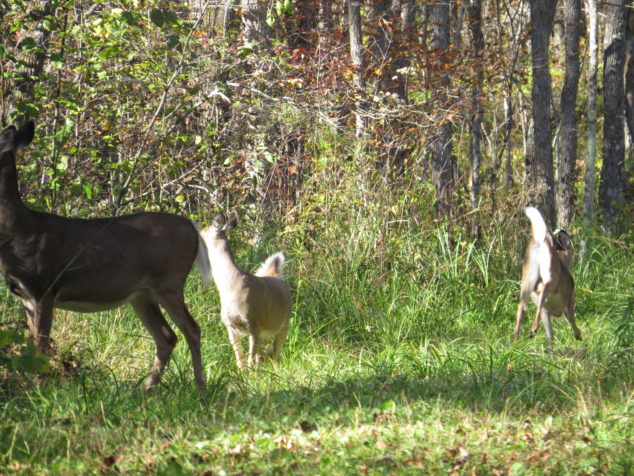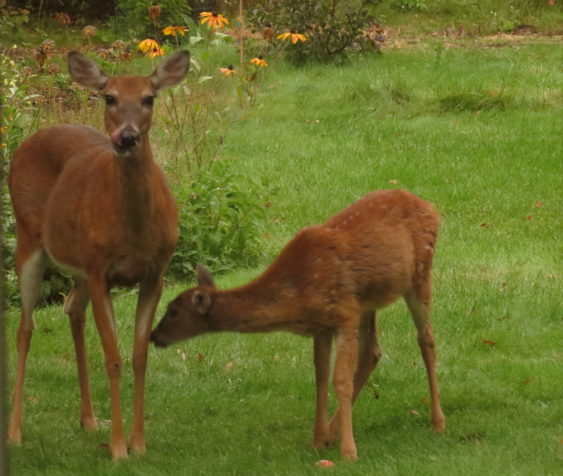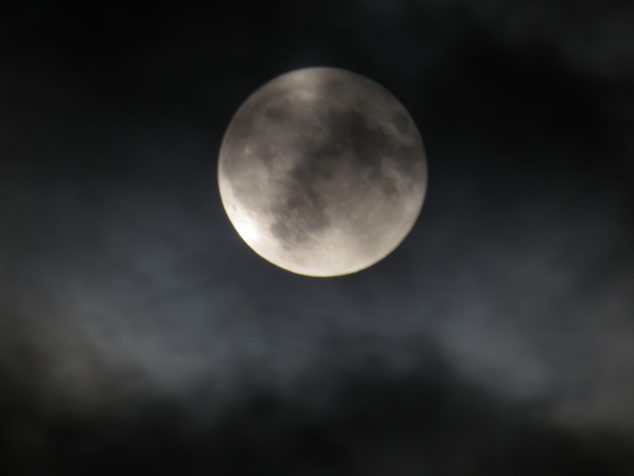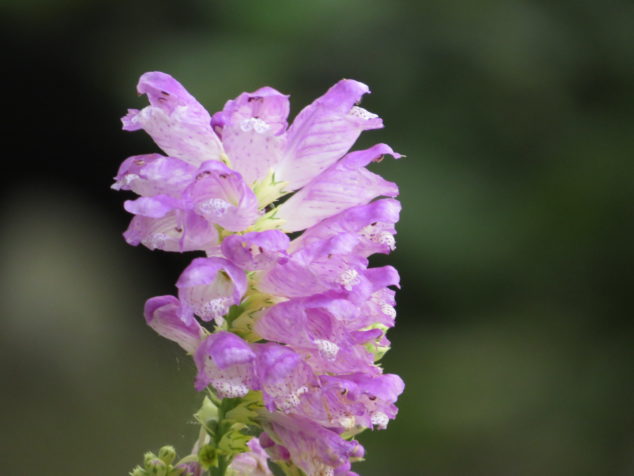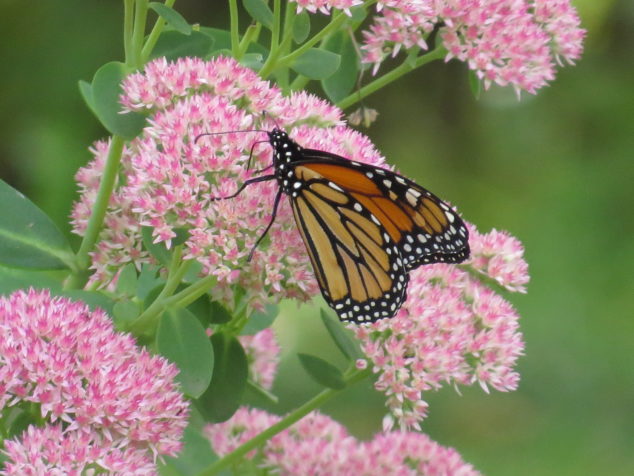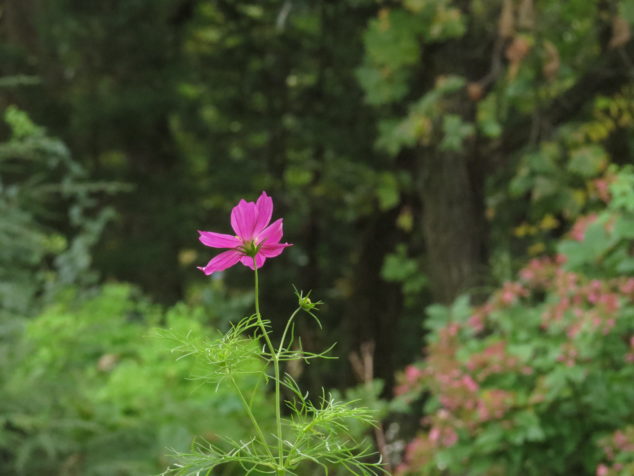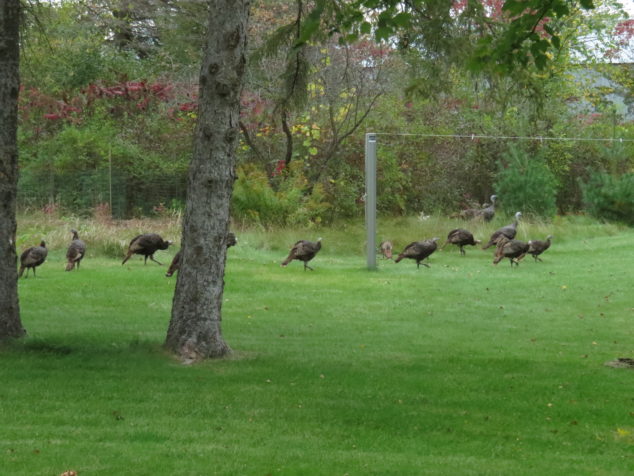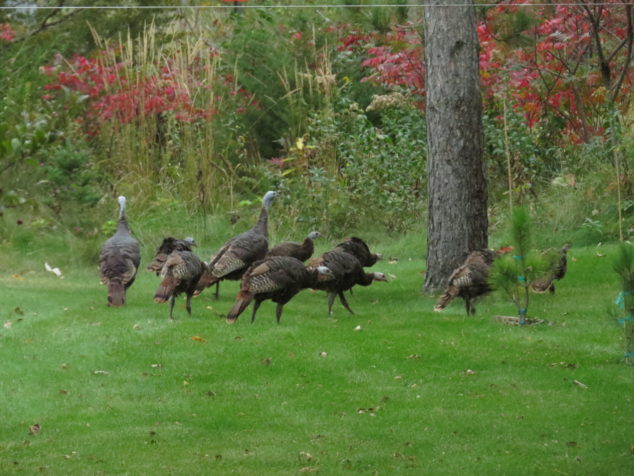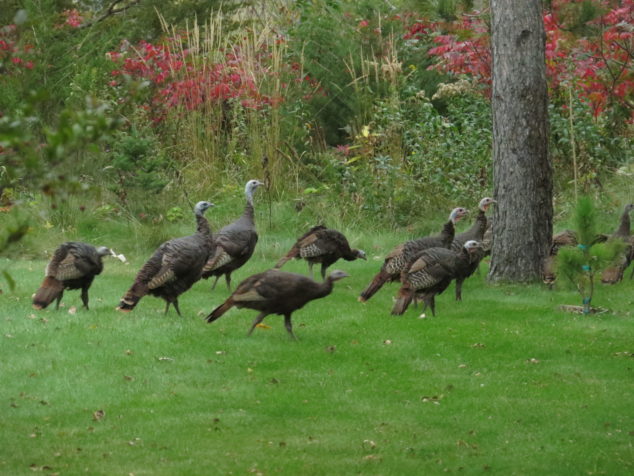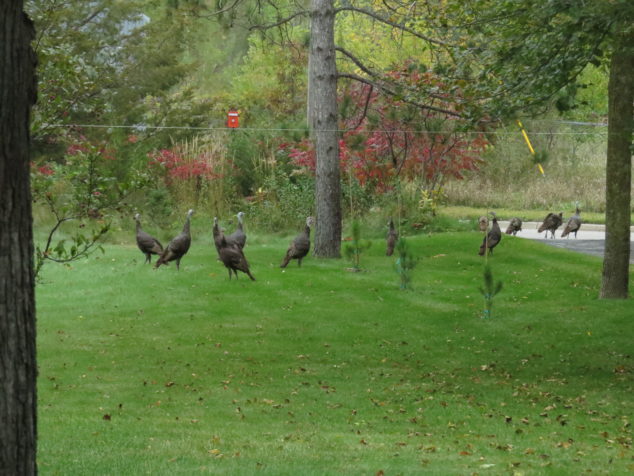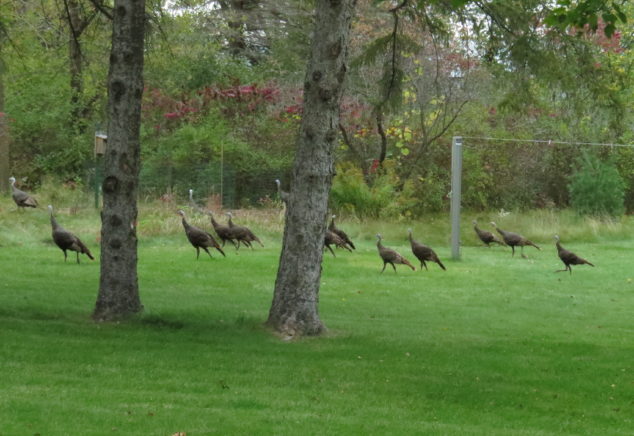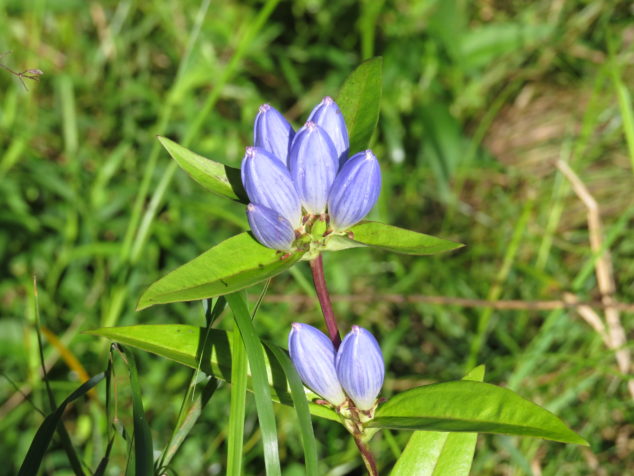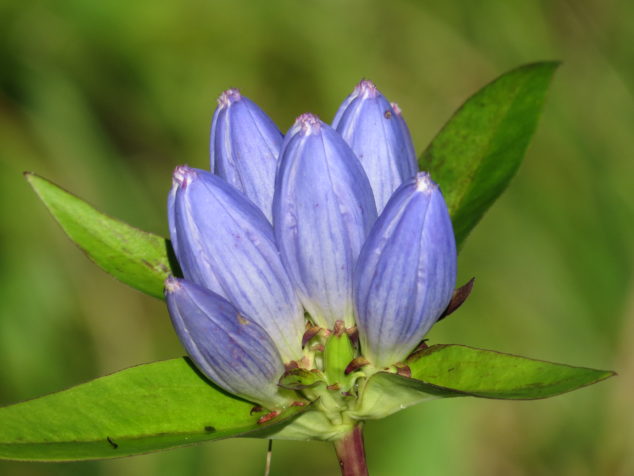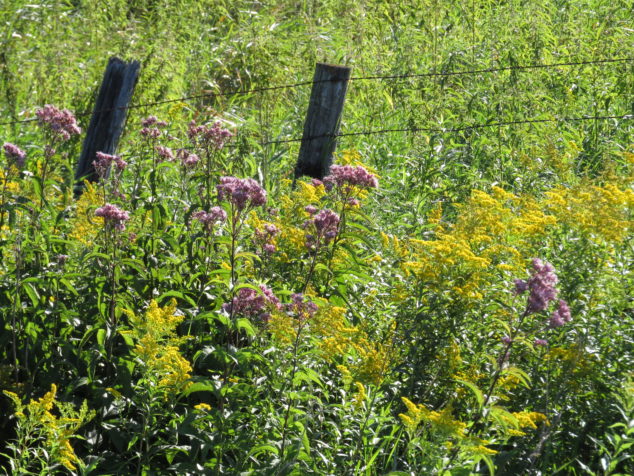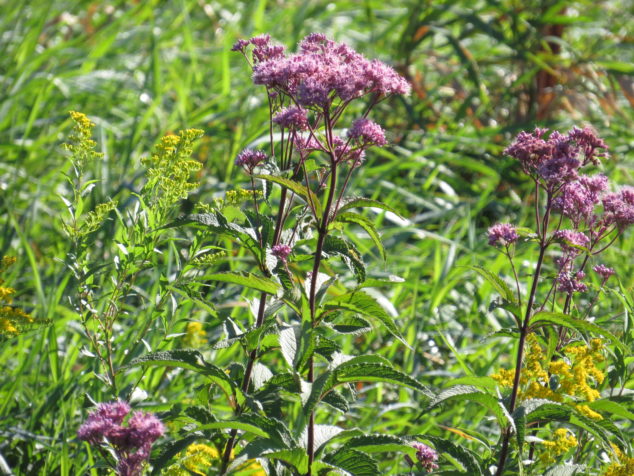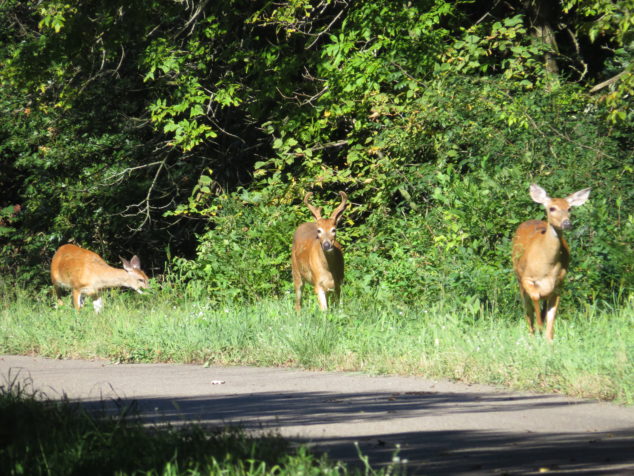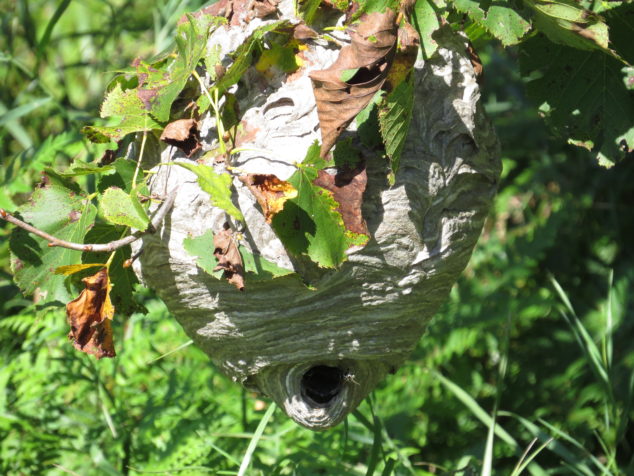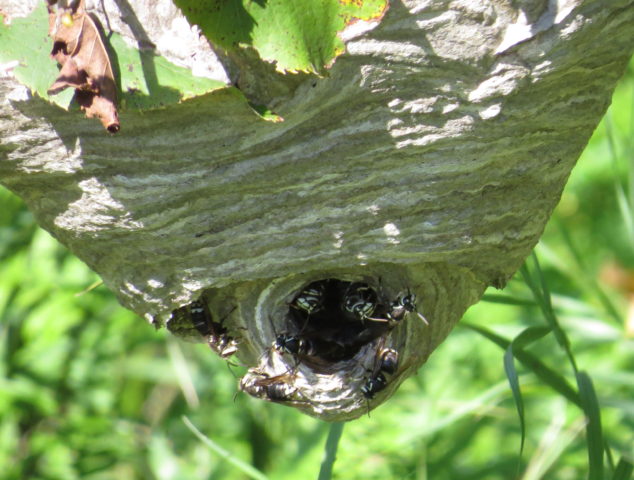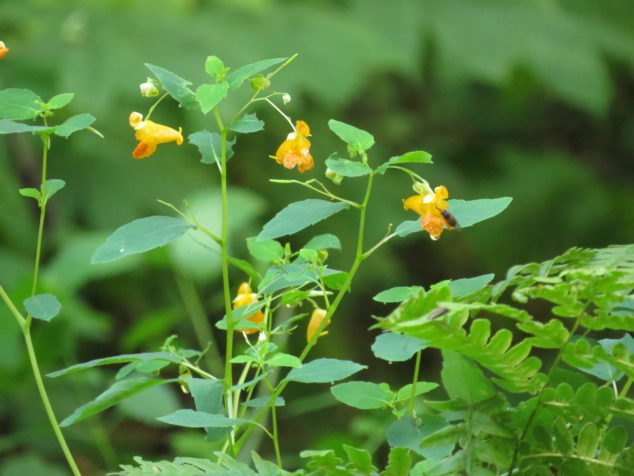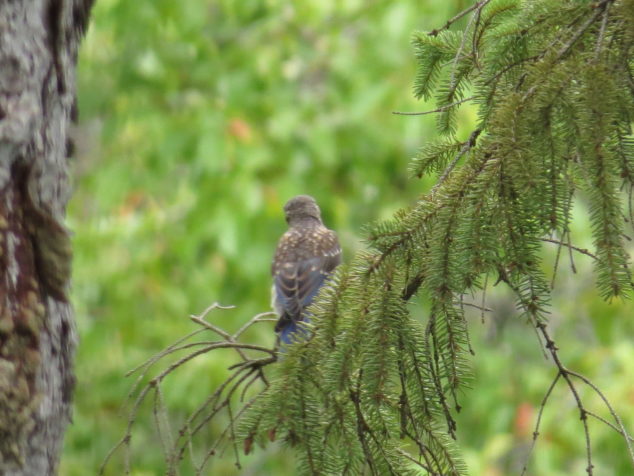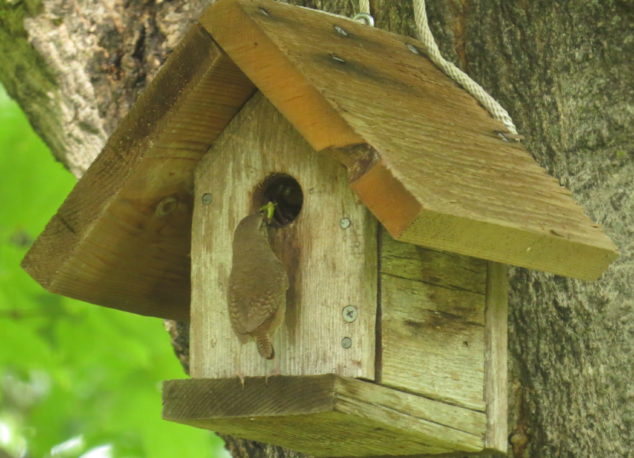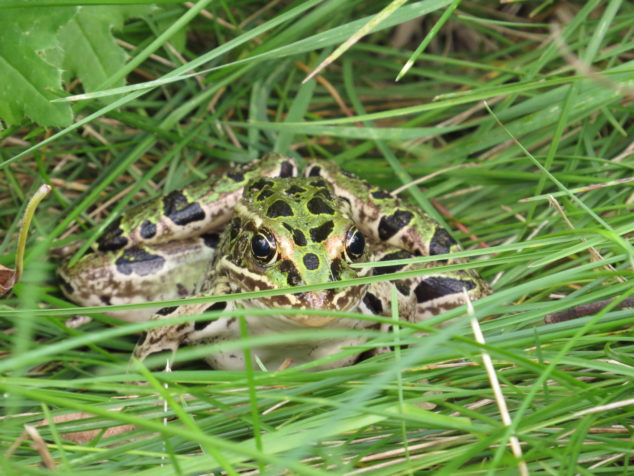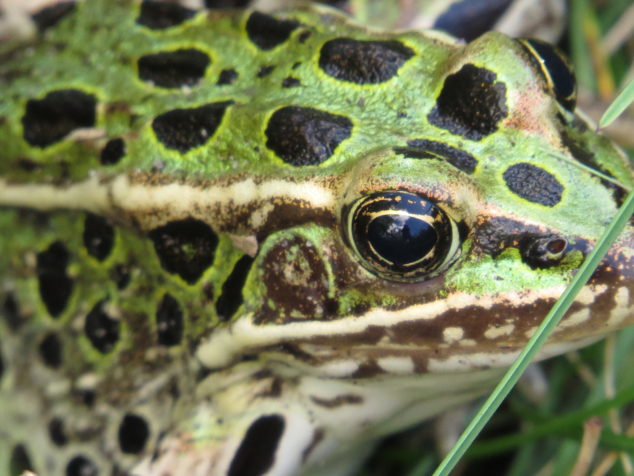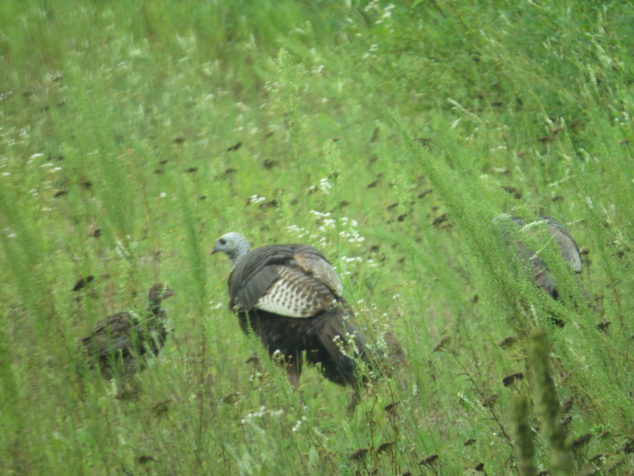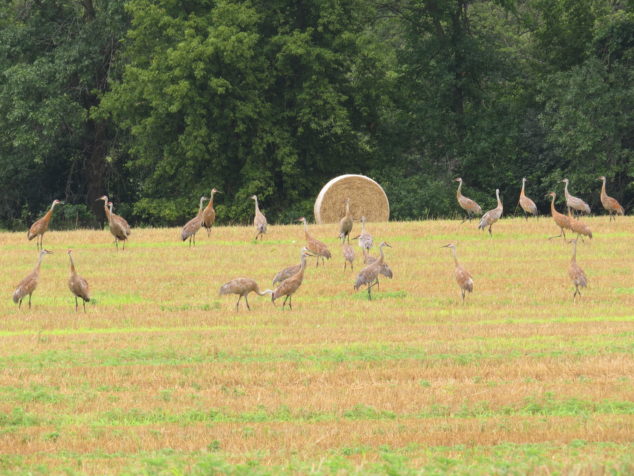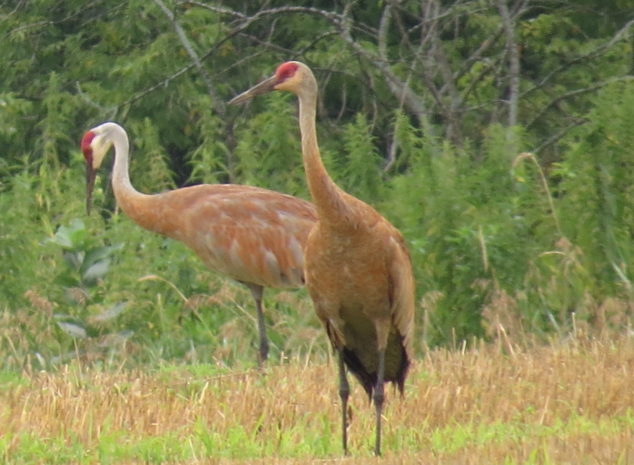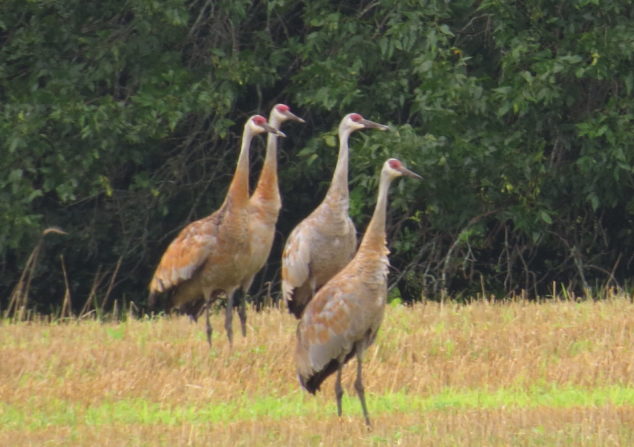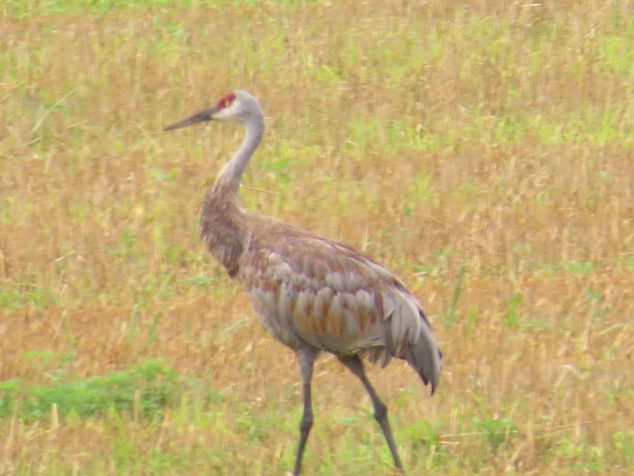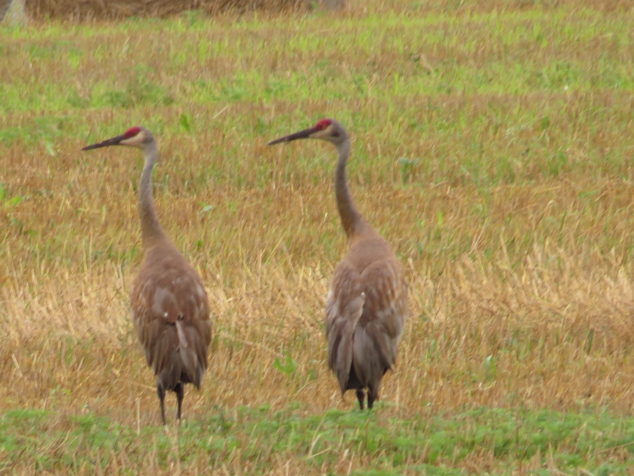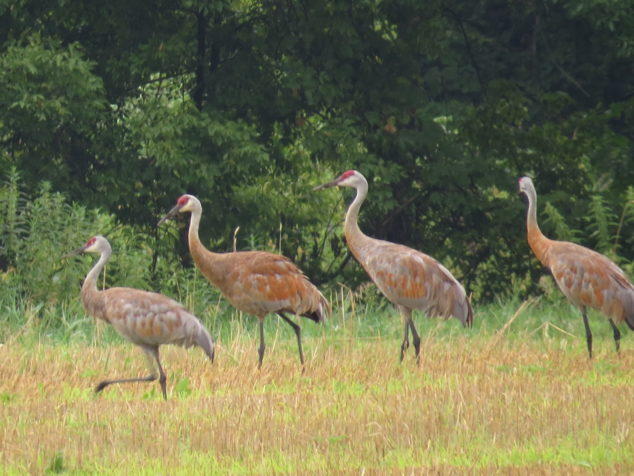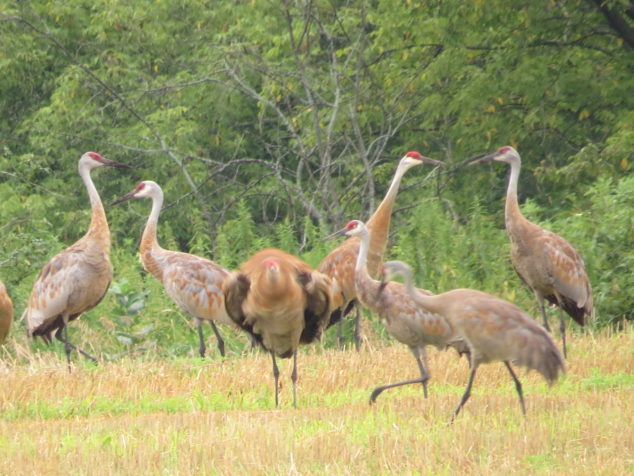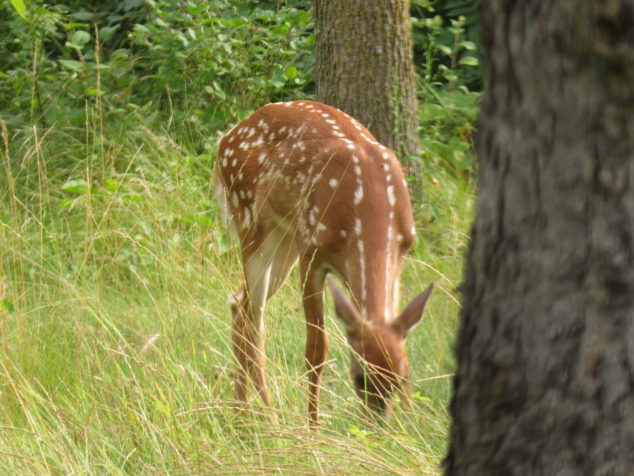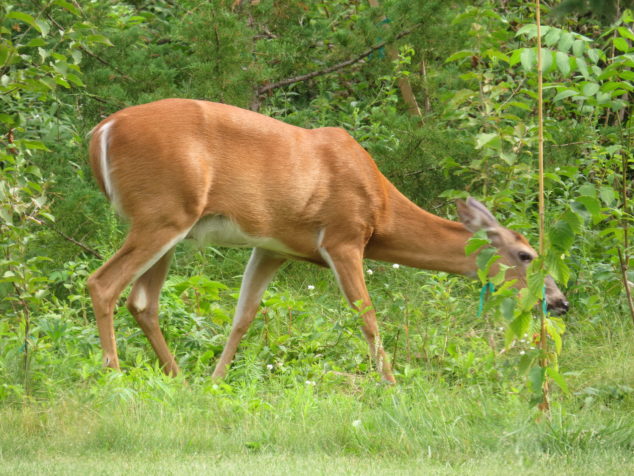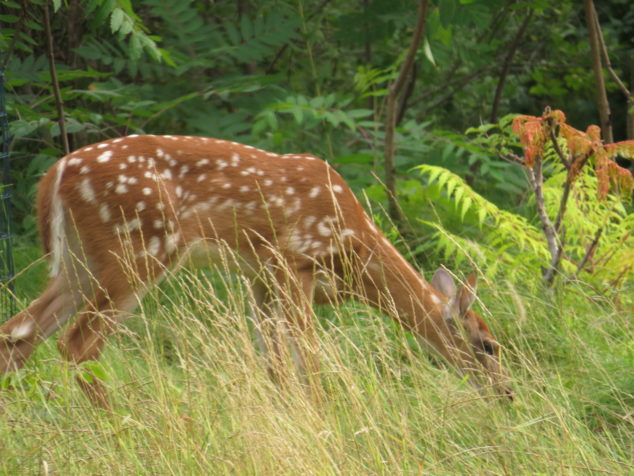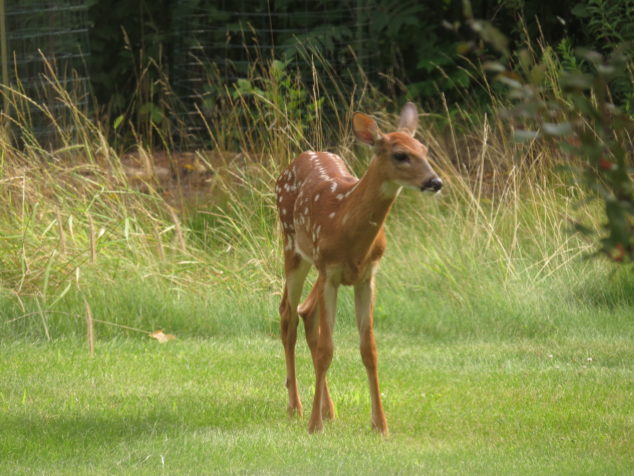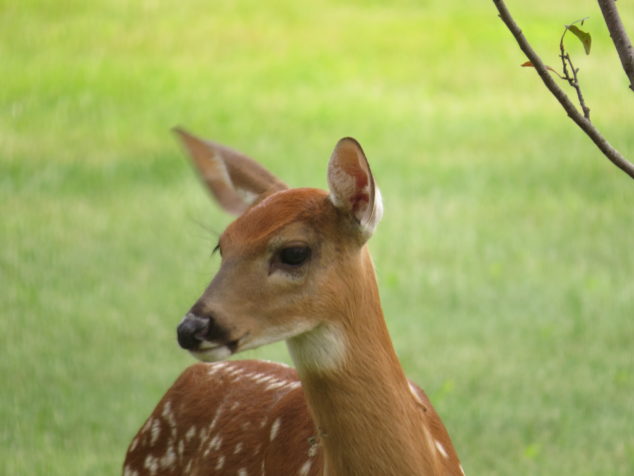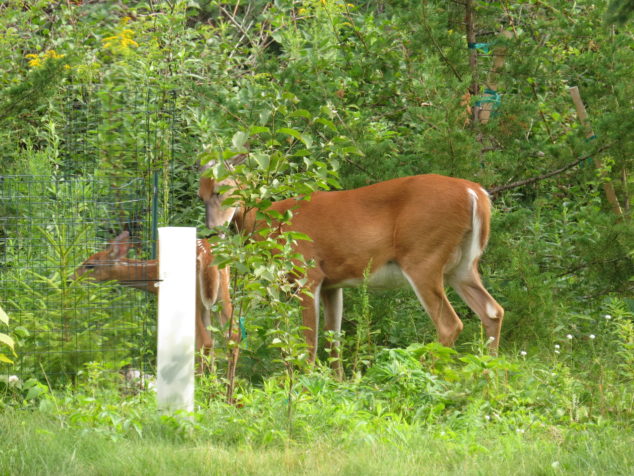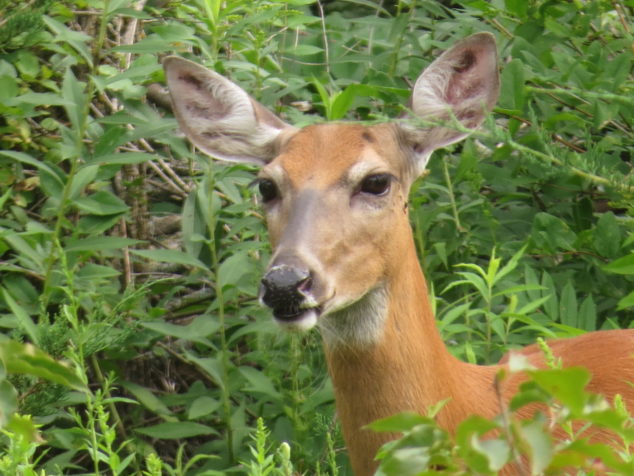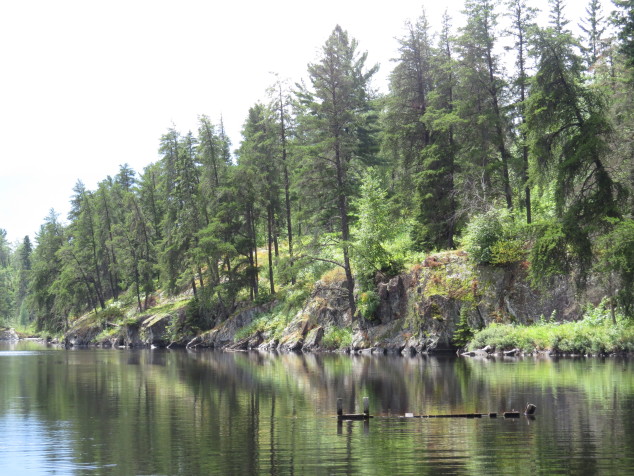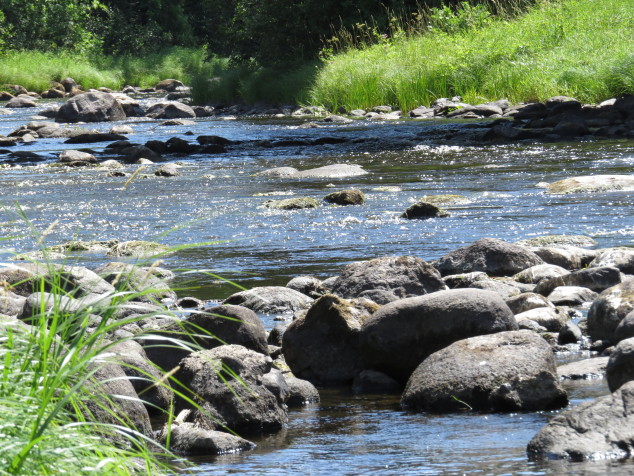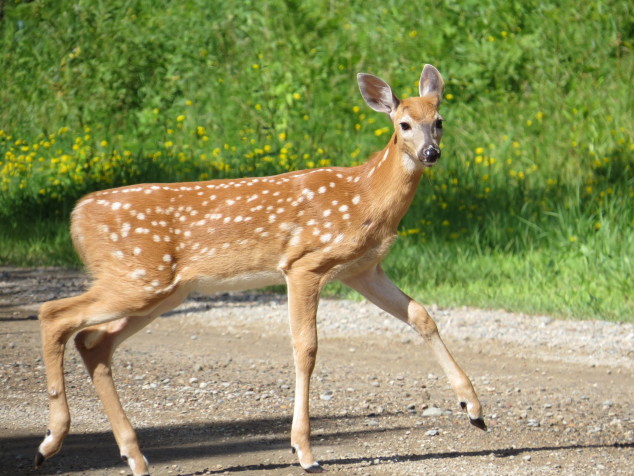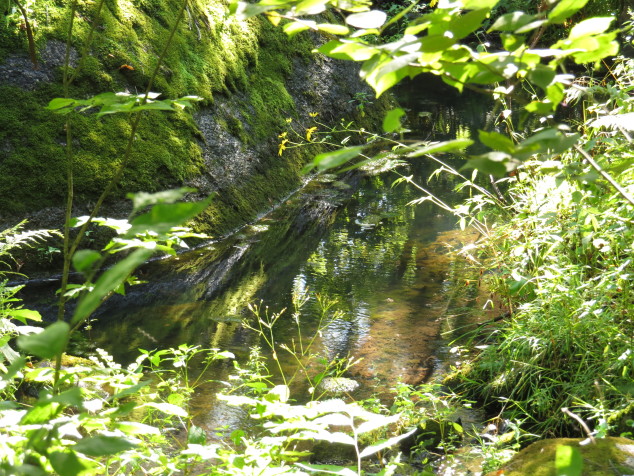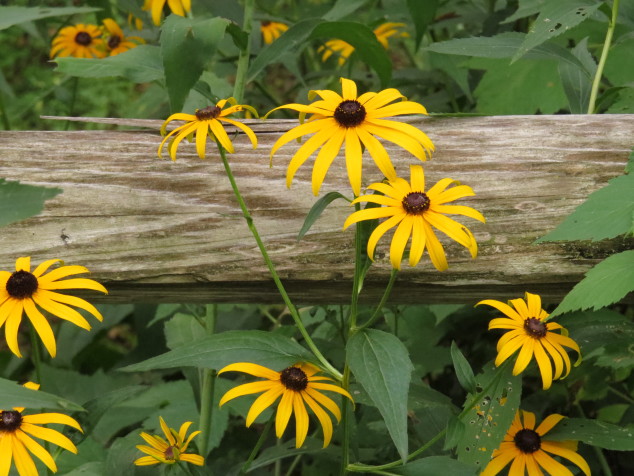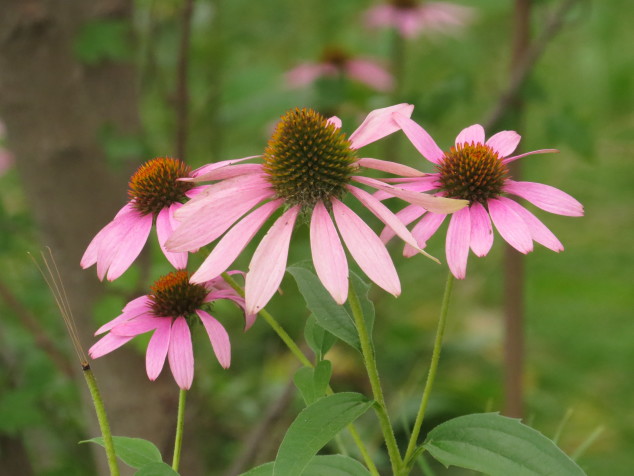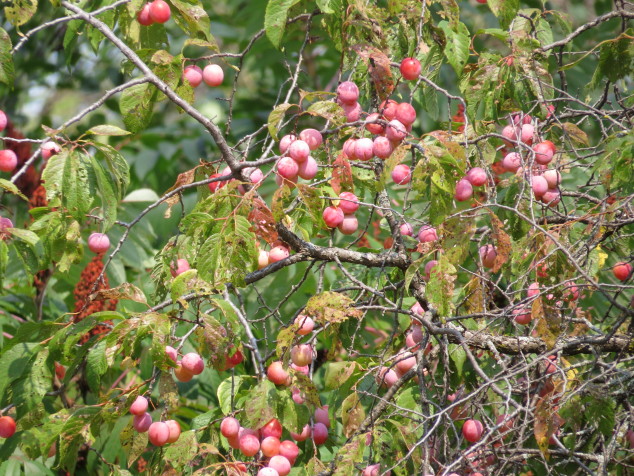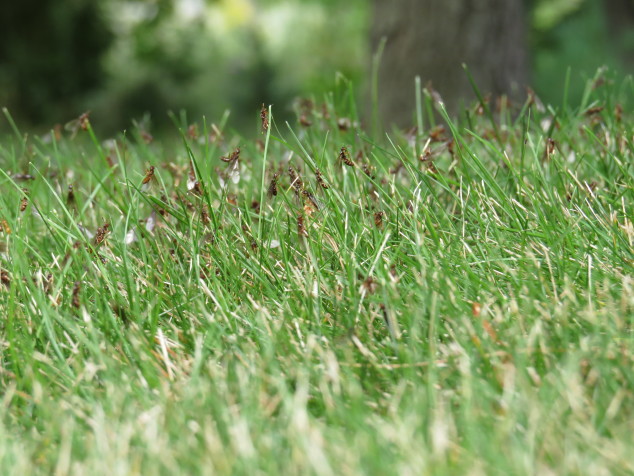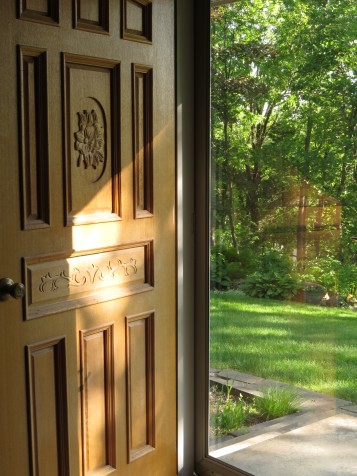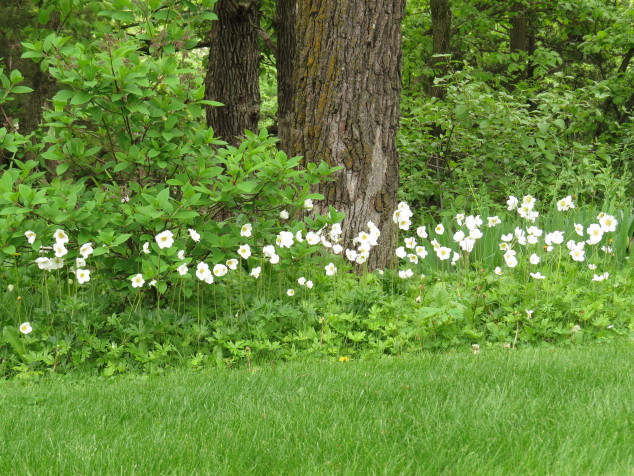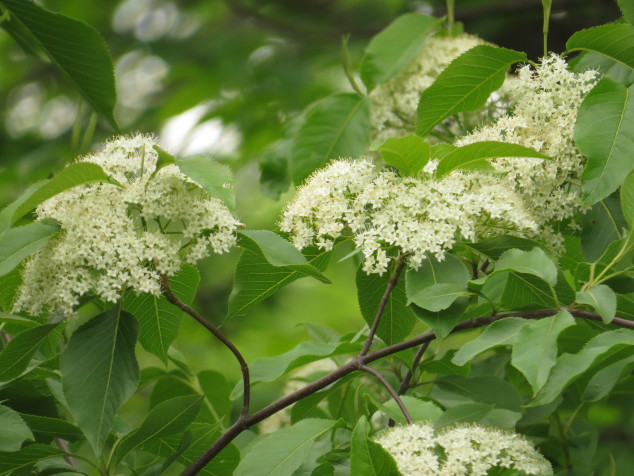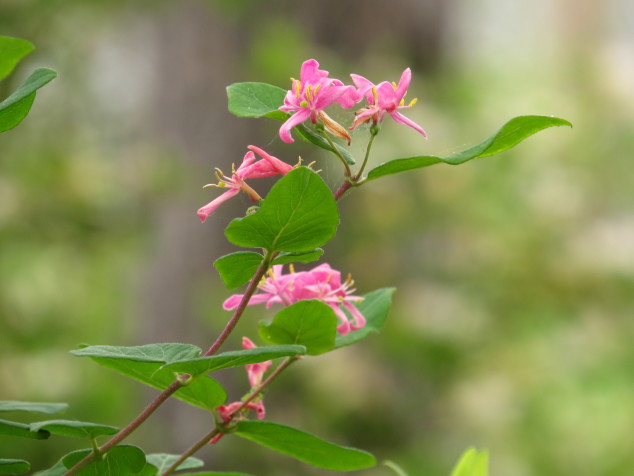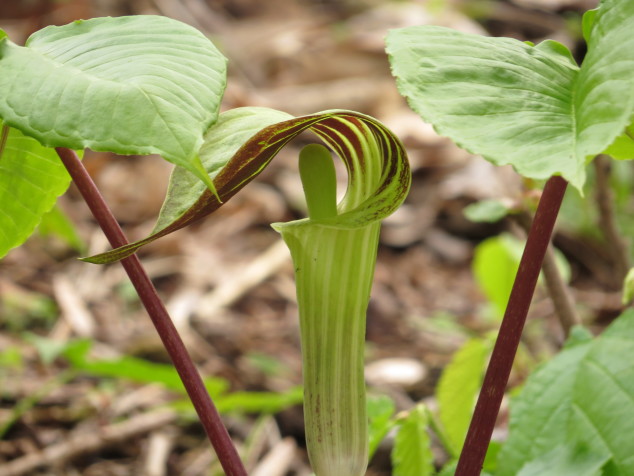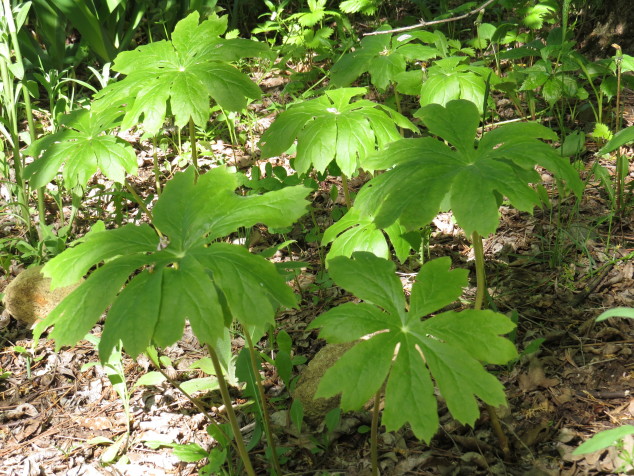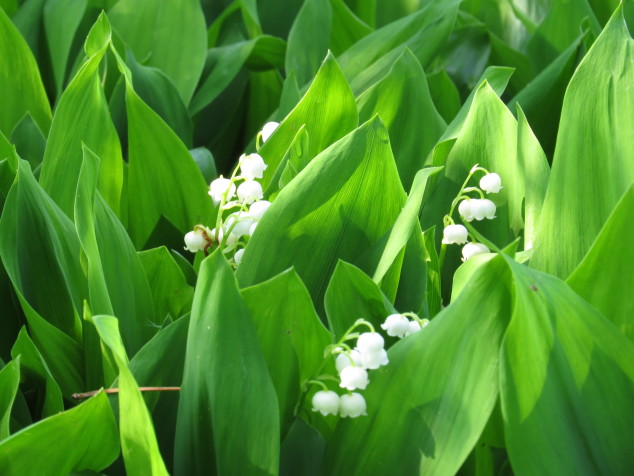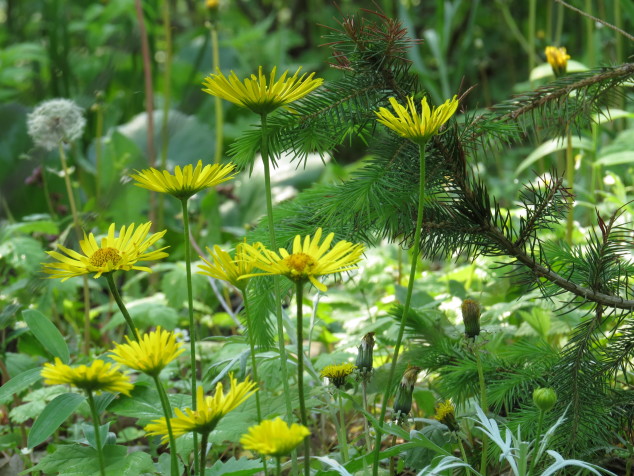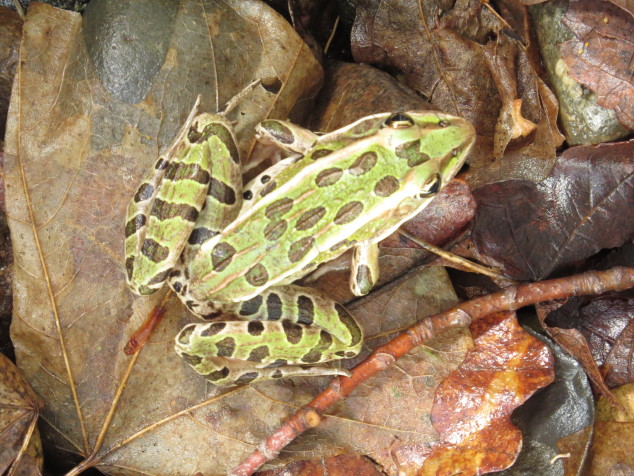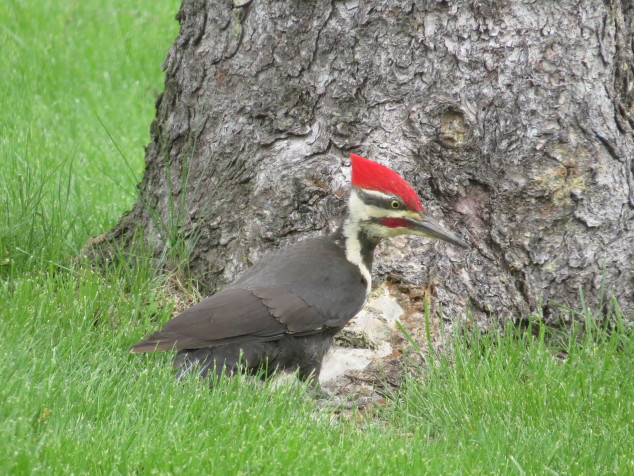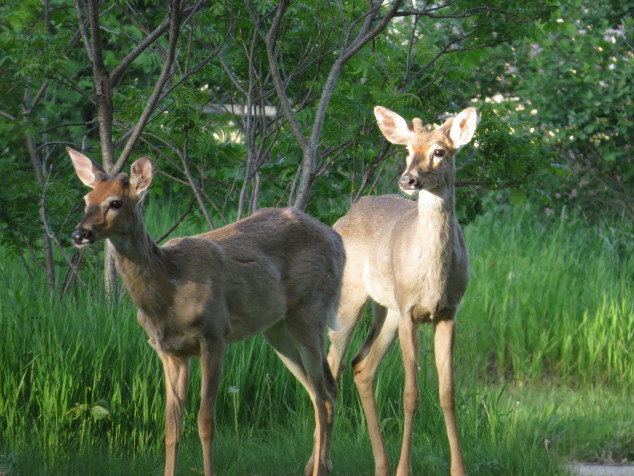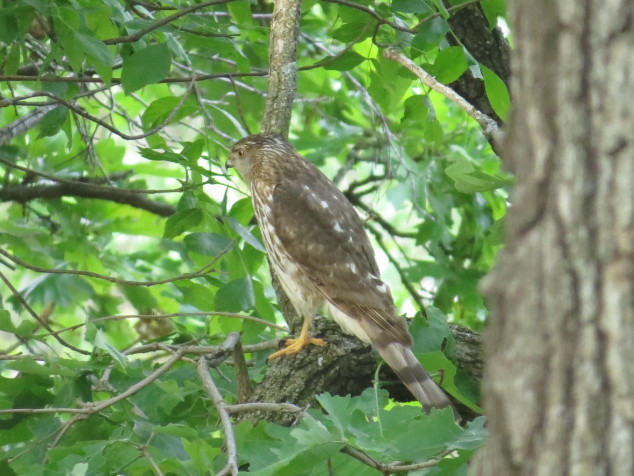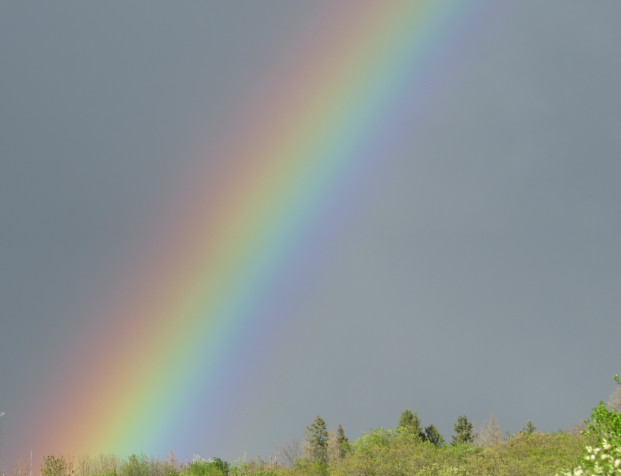“Live in each season as it passes; breathe the air, drink the drink, taste the fruit, and resign yourself to the influence of the earth.” –Henry David Thoreau
When I was a child, I had a piggy bank shaped like a friendly, sitting dog. It was made out of styrofoam and flocked with a reddish-brown ‘fur.’ A metal dog tag hung at his collar, emblazoned with his name—Rusty. I put so many coins and folded dollar bills into the slot at the back of his head that the styrofoam broke away to a bigger hole. A metal circle could be pried off the bottom to retrieve the money—money I earned cleaning out stalls at our neighbor’s barn; money I was saving to buy a horse. I kept Rusty for a long time after I stopped using it, after I bought my horse, after a number of long distance moves, even after I had kids. I felt like I just couldn’t part with him. But then, one year of another move, he didn’t make the cut. I was able to let him go.
This winter season so far has been a hard hitting one—not for snow, but for cold. Christmas Day the high was 1 degree F. As I am writing this, approaching the noon hour, it is 13 below with a wind chill of -32. The actual temperature tonight is supposed to be 20 degrees below zero. “Stay warm” is not just a Minnesota pleasantry, it is a directive of concern and safety. But looking out the window, it is beautiful! The sky is bright blue, the sun is shining, and we have a couple inches of fresh snow. The birds and squirrels have been frequent visitors at the bird feeders this week to fuel up for the cold weather. The deer even make their way to the feeder at dusk to browse on the fallen black oil sunflower seeds.
New Year’s Eve and Day are traditionally a time to let go of the old and ring in the new. It is a time for a fresh start. But often, the resolutions to make changes are broken before a week or two has passed. The very things we were so enthusiastic about on day one become a source of failure and disappointment. What if, like the seasons of the year, we resigned ourselves to the seasons of our lives instead of forcing a change that isn’t meant to be just because it’s day one of a new year? What if the new year was about discerning where we really are ready for a change? What if it was about accepting ourselves with loving kindness in this season as we are at this moment? What if the things we think matter don’t really matter at all? Every old thing eventually passes away—I held on to Rusty, tucked away in a box, for years, and I don’t even know why I did. But for whatever reason, it was important for that season of my life as it passed. And then, I was able to let him go. So many things in our lives work that way! Relationships, jobs, weight, addictions, hobbies, grief, physical ailments—all serve a purpose in the journey of our lives, and none of them are controlled by resolution and the calendar year. So breathe the refreshing Arctic air, drink the drink with a toast to yourself and your seasons, make your way to the table and taste the fruitcake and other bounty, and let the Earth and its Master be your influence. Stay warm!
